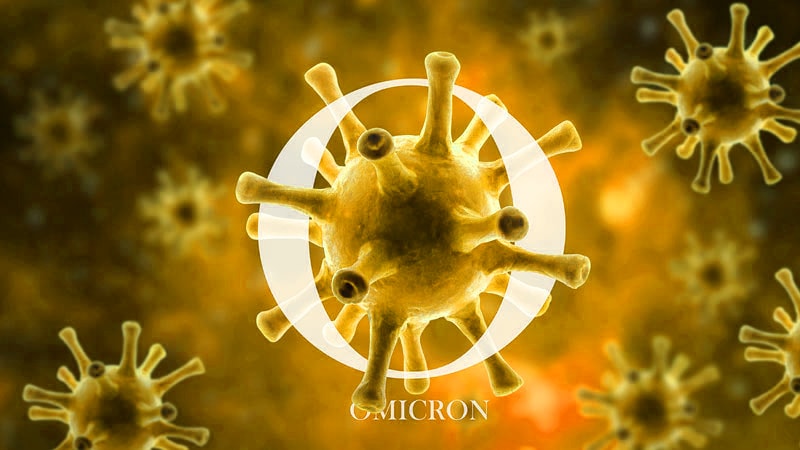Editor’s note: Find the latest COVID-19 news and guidance in Medscape’s Coronavirus Resource Center.
COVID-19 transmission may spike seasonally due to temperature and humidity, increasing at different times of the year in different regions, according to a new study in The American Journal of Tropical Medicine and Hygiene.
Colder areas in the U.S., such as the Northeast, may have more cases in the winter, while warmer areas, such as the South, may have more cases in the summer. Temperate zones could have two seasonal peaks.
“We think COVID may be becoming endemic, meaning that it will stay within the human population, but we will see spikes based on where we are in a particular geographic point,” Antarpreet Jutla, PhD, one of the study authors and a hydrologist at the University of Florida, told The Washington Post .
“The severity of peaks will be defined by how colder the temperature is and how warmer the temperature is,” he said.
Jutla and colleagues analyzed COVID-19 cases in 19 hot spots across the world and found that cases increased above and below certain temperature and humidity thresholds. For instance, they found that case numbers increased when the air temperature dropped below 62 degrees Fahrenheit or rose above 75 degrees, likely due to human behavior and things in the environment. They also found the virus tends to last longer in drier places.
“We need to basically design the intervention or mitigation strategies based on the environment in which we live,” Jutla said. “Regions like Florida, India, Africa — they are warm regions. … They basically get hit by these waves but at different times than what happens in the northern parts, the colder regions.”
Humidity and temperature play a role in the size of coronavirus particles and how long the virus may last in the air, the newspaper reported. Drier environments in colder regions lead to water evaporation and smaller particle sizes, which allows the virus to float in the air longer. People also tend to move inside to avoid the colder weather, which could lead to exposure from other people or recirculated air.
Humid environments in warmer regions contain more water, which can condense onto the virus particles, create bigger particle sizes, and make them drop to the ground faster. Fewer COVID-19 cases were detected between 62 and 75 degrees, when more people are likely to be outside.
But as the temperature rises above 75 degrees, more people are likely to move inside to avoid the heat. That can lead to exposure from other people and recirculated air from air conditioners, which reduce humidity and dry out the inside air.
Several recent studies have found similar results between COVID-19 transmission and the climate, according to the Post. Flu infections also tend to have a seasonal pattern, where temperature, humidity, and location affect the case trends.
Other things that influence COVID-19 surges include human behavior, social trends, and economic trends, Jutla said. He and colleagues have created a model to predict the risk of COVID-19 weekly in the U.S., which includes things like air temperature, humidity, population density, economic stability, age, diversity, housing, and vaccination status.
The researchers stressed the importance of ventilation, filtration, and masks for preventing transmission while indoors. They pointed to air sampling studies that showed good ventilation and filtration can reduce COVID-19 cases in larger, more crowded places such as gyms.
“Social behavioral sciences need to be strongly intertwined with the natural sciences,” Rita Colwell, PhD, one of the study authors and a biologist at the University of Maryland, told the newspaper.
“The intersection of the physical environment and human behavior in warm and cold regions is exemplified in the COVID case reports,” she said.
Sources
The American Journal of Tropical Medicine and Hygiene: “Asymmetric Relationship Between Ambient Air Temperature and Incidence of COVID-19 in the Human Population.”
The Washington Post: “Covid-19 may have seasons for different temperature zones, study suggests.”
